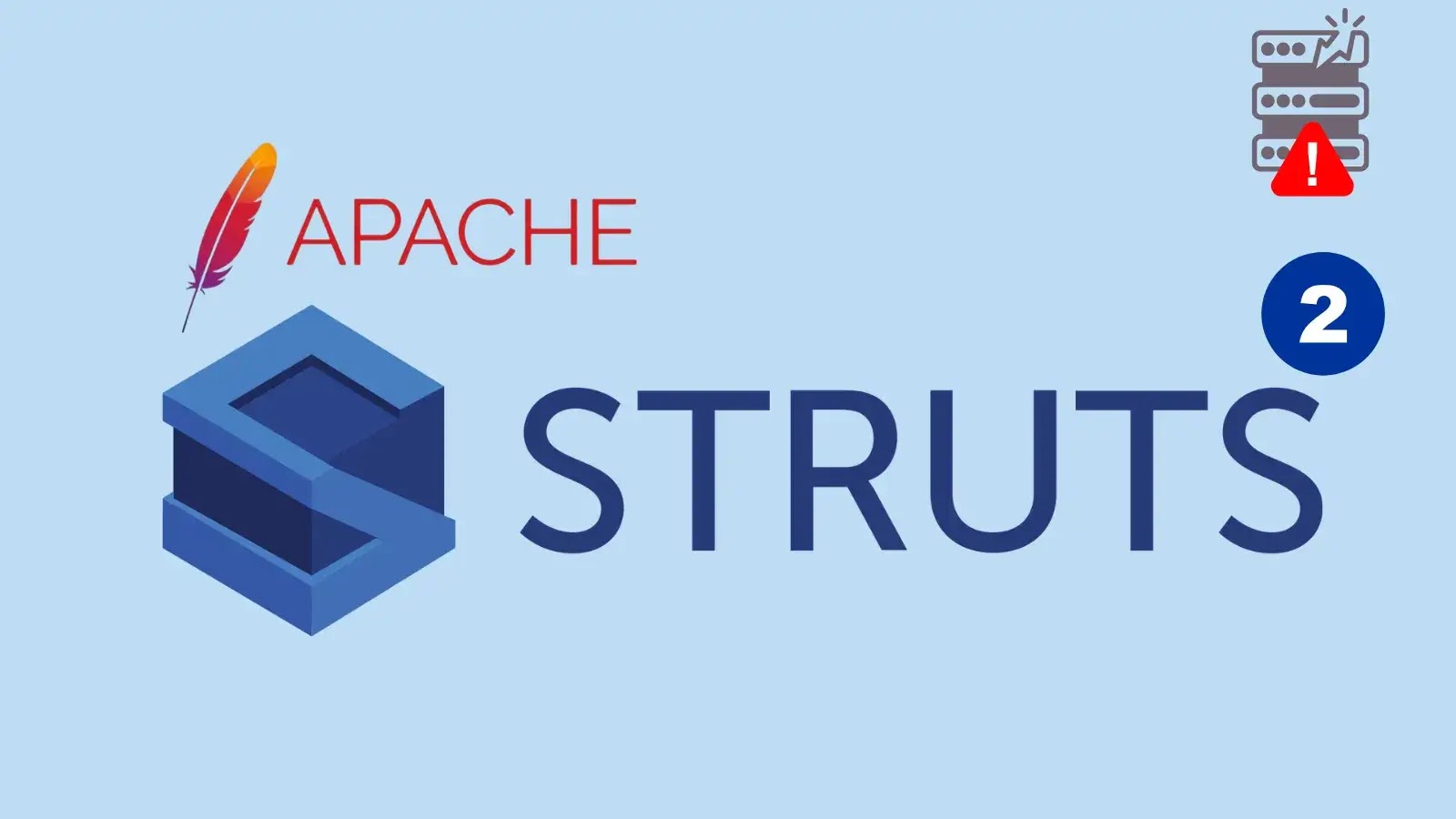Critical ASP.NET Core Vulnerability Exposes Web Applications to HTTP Request Smuggling Attacks
Microsoft has recently addressed a significant security flaw in ASP.NET Core, identified as CVE-2025-55315, which poses a severe risk to web applications by enabling HTTP request smuggling attacks. This vulnerability, disclosed on October 14, 2025, carries a CVSS v3.1 score of 9.9, underscoring its critical nature.
Understanding the Vulnerability
The root of this flaw lies in the Kestrel web server component of ASP.NET Core, where inconsistent handling of HTTP requests can allow authenticated attackers to inject hidden requests. This manipulation can lead to privilege escalation or unauthorized access to sensitive data. HTTP request smuggling exploits discrepancies in how different network components, such as proxies and servers, interpret HTTP headers like `Content-Length` and `Transfer-Encoding`. By crafting requests that are parsed differently by these components, attackers can bypass security controls and execute unauthorized actions.
Potential Impacts
The implications of this vulnerability are far-reaching:
– Elevation of Privilege: Attackers can gain higher access levels by smuggling login requests, especially if the application logic relies heavily on headers for authentication.
– Server-Side Request Forgery (SSRF): By smuggling internal API calls, attackers can manipulate server behavior, potentially accessing internal resources.
– Session Hijacking: Smuggling requests that bypass Cross-Site Request Forgery (CSRF) protections can lead to unauthorized actions on behalf of legitimate users.
– Remote Code Execution: Injecting malicious payloads through smuggled requests can result in the execution of arbitrary code on the server.
These risks are particularly pronounced in applications that utilize custom request parsing, make decisions based on headers, or have inadequate validation mechanisms. Industries handling sensitive data, such as finance and healthcare, must be especially vigilant, as unpatched systems could lead to compliance violations and significant security breaches.
Mitigation Strategies
To protect against this vulnerability, Microsoft recommends the following actions:
1. Immediate Patching: Apply the latest .NET updates for all affected versions and restart applications to ensure the patches take effect.
2. Code Audits: Review and strengthen request-handling code, focusing on authentication and input validation processes.
3. Proxy Configuration: Ensure that reverse proxies, such as NGINX or Azure Front Door, are configured to normalize HTTP traffic, effectively blocking smuggling attempts.
4. Monitoring and Testing: Implement logging mechanisms to detect unusual request patterns and utilize tools designed to simulate HTTP request smuggling attacks to test the robustness of your defenses.
By proactively addressing this vulnerability, organizations can significantly reduce the risk of exploitation and enhance the security posture of their ASP.NET Core applications.


